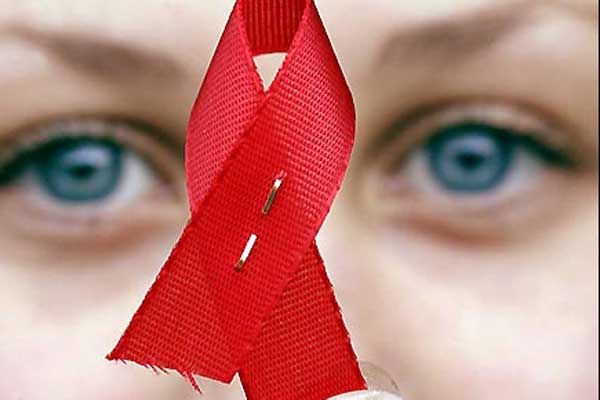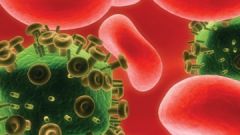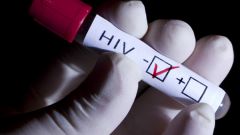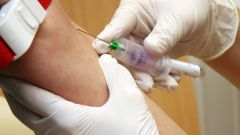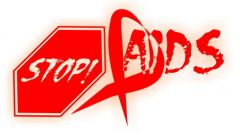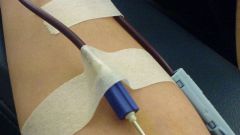Instruction
1
AIDS – a disease which manifests itself in the appearance of an infected person. So, for example, observe the General condition. You will be able to notice causeless fever, weakness, rapid weight loss, etc.
2
Watch the chair. If a person suffers from regular diarrhea, it may indicate the presence of AIDS.
3
Look closely at the skin. On the surface of the body of an infected person often through various ulcers, spots, numerous blisters and warts. Pay attention to the feet. In AIDS patients there is often a fungus, toenails to deform, break and turn yellow.
4
Trace the history of diseases. AIDS contributes to numerous colds, pneumonia, the formation of tumors and increased lymph nodes. In the latter case, felt by the hands of their locations: behind the ears, on the sides of the neck, under the jaw, armpits, groin, under and above the collarbone, etc. In some cases you may notice swelling even without direct contact with the patient.
5
When AIDS affects the brain, it has a direct impact on the behavior of the patient. Carefully observe the person's ability to concentrate. Let him remember a little poem and look at the memory status. In addition, a person with AIDS is often in a bad mood, all his movements awkward. In the end, the patient is not able to meet even the simplest needs.
6
If you notice one of these symptoms of the infected, send it to the doctor. Only in the laboratory specialists will be able to conduct a blood test and diagnosis. In most cases, doctors are interested in the number of surviving cells of the immune system. As soon as the number drops below 400 is AIDS.
